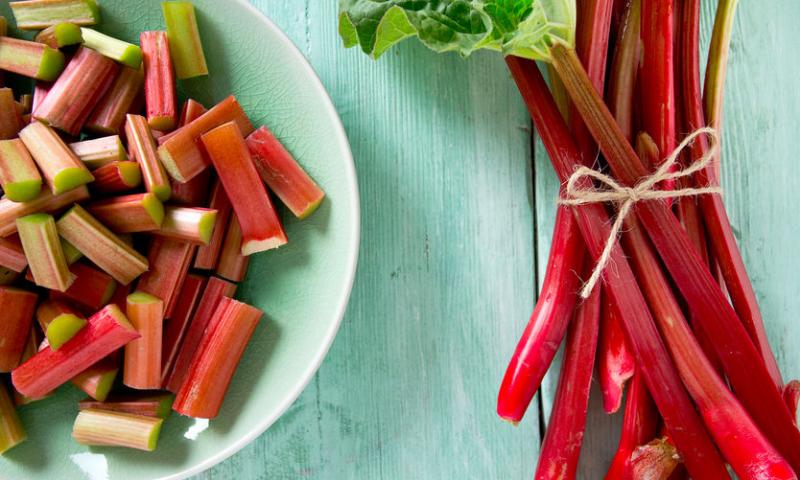 />
/>
COMMON NAME: Turkey Rhubarb
LATIN NAME: Rheum palmatum
ORIGIN: China
HABITAT: The birthplace of Rheum palmatum is the mountain forests of Central China. There are 20 types of Rhubarb, which are grown in household plots, in vegetable gardens, and in specialized farms, as a food and medicinal plant.
BOTANICAL INFORMATION: Turkey Rhubarb, Chinese Rhubarb, Ornamental Rhubarb or Indian Rhubarb (Lat. Rheum palmatum L. var. Tanguticum Maxim.) is a representative of the Central Asian genus Rheum of the Polygonaceae family.
Rheum palmatum is a large perennial herb up to 150-250 cm in height, with many-headed dark brown short rhizome and large massive fleshy yellow roots.
The stems of Rhubarb are with reddish specks, straight, bare, weakly ramified, and slightly broad. Bottom leaves are large, in rosettes, with a petiole up to 1.5 m. The blades of the leaves are pointed, unequally coarsely cut. The flowers are small in large paniculate inflorescences, pinkish-white or red in color. The flowers of the representatives of the genus Rhubarb, are characterized by a doubling of the stamens of the outer circle and a falling perianth. The fruit of the Rhubarb is a broad-nutlet, 7-10 mm long. Flowering occurs in June, and fruit ripening starts in July-August.
CHEMICAL COMPOSITION:
The roots and rhizomes of Rhubarb contain two groups of glycosides: tannoglikozidy, including tannins of the pyrocatechol group and causing astringent properties, derivatives of gallic acid, as well as antraglycosides, chrysophanein, glucoaloee-emodin, glucoemodin and glucorein. The content of antraglycosides increases markedly with the age of the plant. Also, rhizomes and Rhubarb roots contain a lot of starch, tar and pectin, flavonoids, tannins. The leaves contain ascorbic acid, iron salts, ergosterol, oxalic and malic acids. In addition, the plant contain a large amount of minerals and vitamins, for example calcium, copper, iron, magnesium, manganese, phosphorus, selenium, zinc, vitamin A, vitamin B 2, vitamin B3, vitamin B5, vitamin B12, vitamin C, vitamin E, vitamin K. Rheum palmatum is also rich in ferulic acid, phenolic acid, caffeic acid, sinapinic acid and vanillic acid.
HISTORY:
The great Venetian traveler Marco Polo in the XIII century was the first European who described the Rhubarb collection.
China has long maintained a monopoly on Rhubarb, moreover, during the Middle Ages, delivery to Europe was extremely expensive. Therefore, the cost of Rhubarb roots at that time exceeded the cost of saffron or cinnamon, and in the lists of Chinese goods, Rhubarb ranked alongside with silk, pearls and diamonds.
In the 16th century, the British brought Rhubarb varieties with edible thick petioles. Soon the young stalks with sugar became a favorite delicacy of all segments of the population of the country. Rhubarb began to spread throughout Europe and even crossed the ocean, and settled on the American continent.
*This article is for informational purposes only. We suggest consulting a physician before using these or any other herbal supplements.
